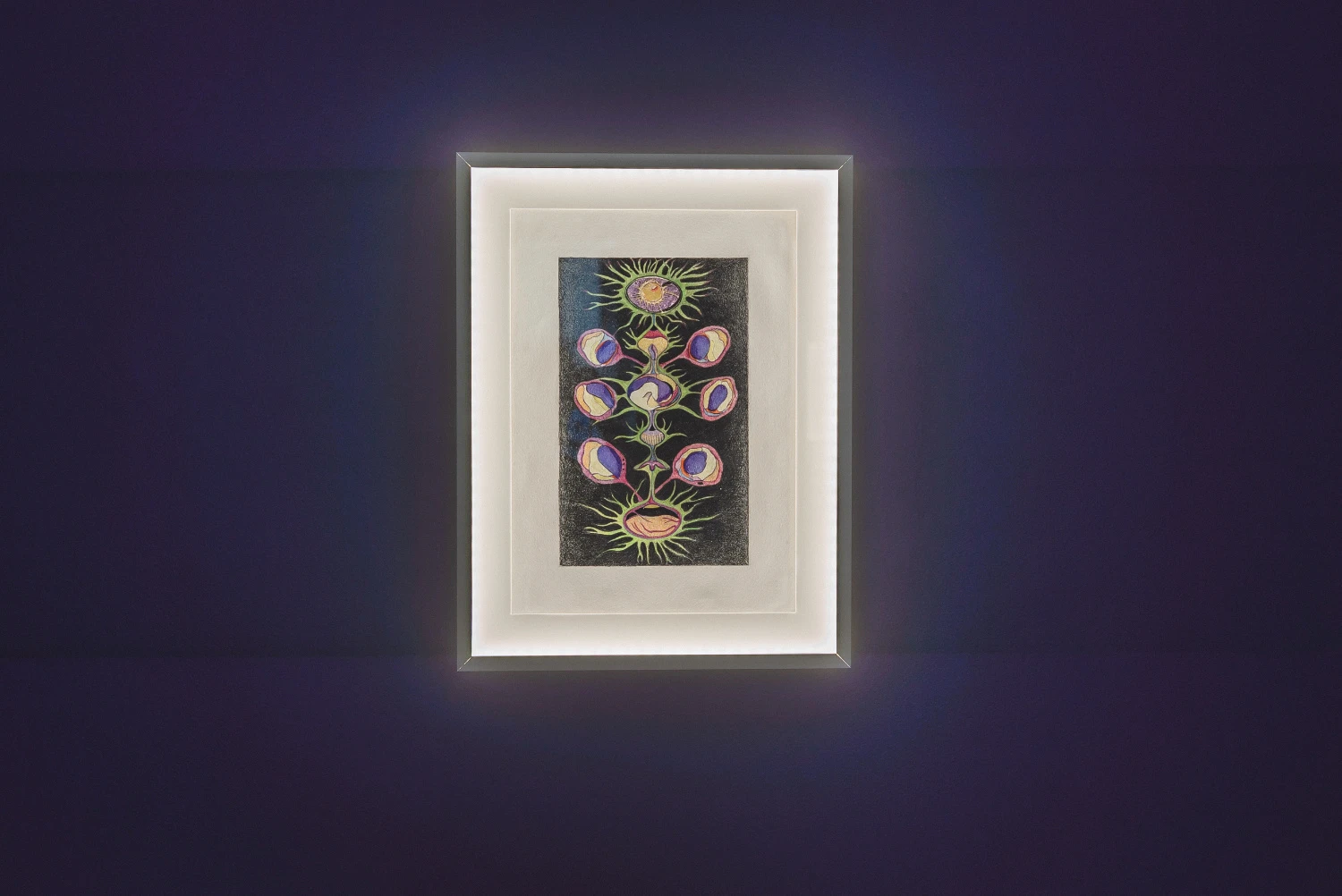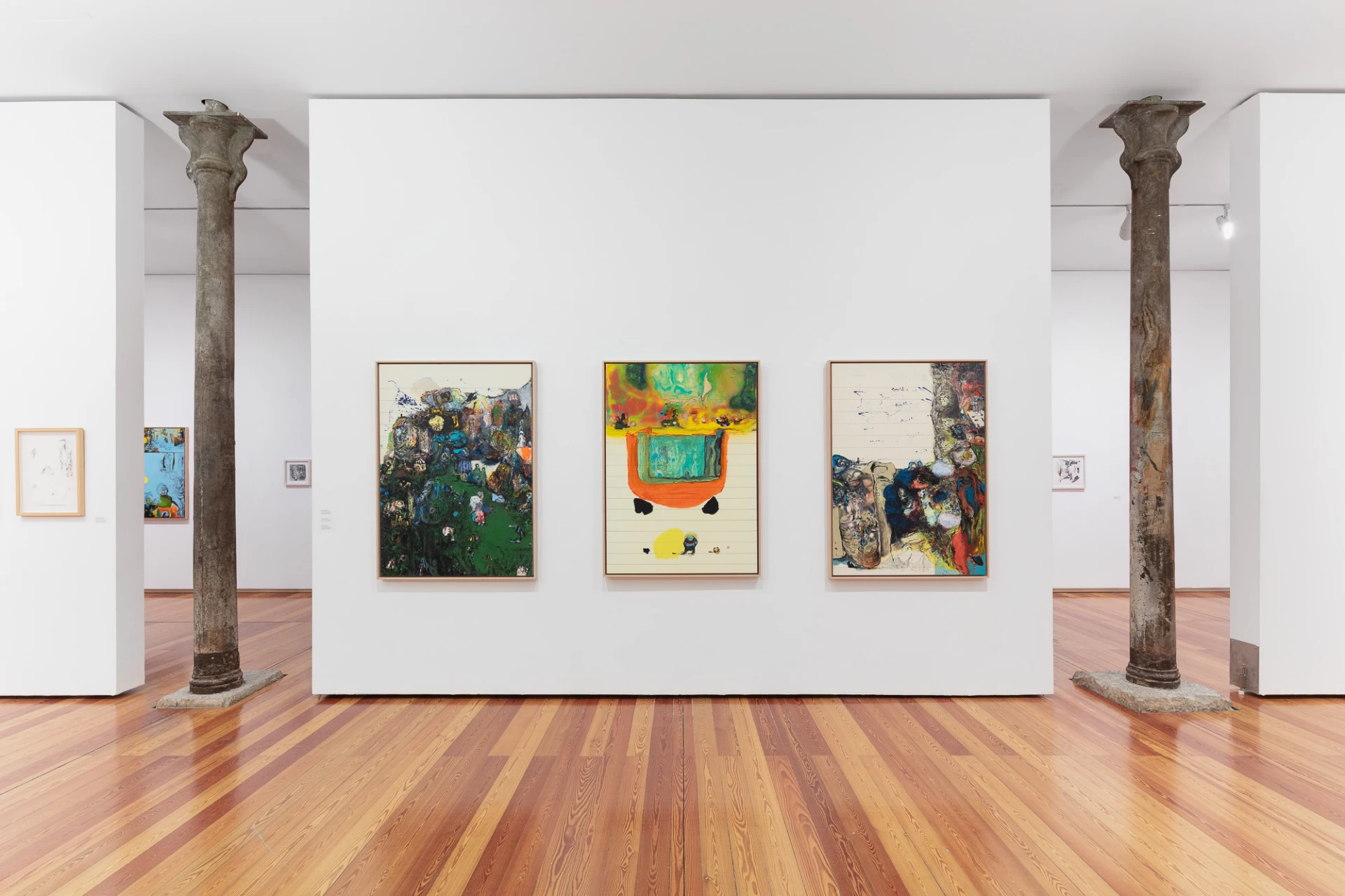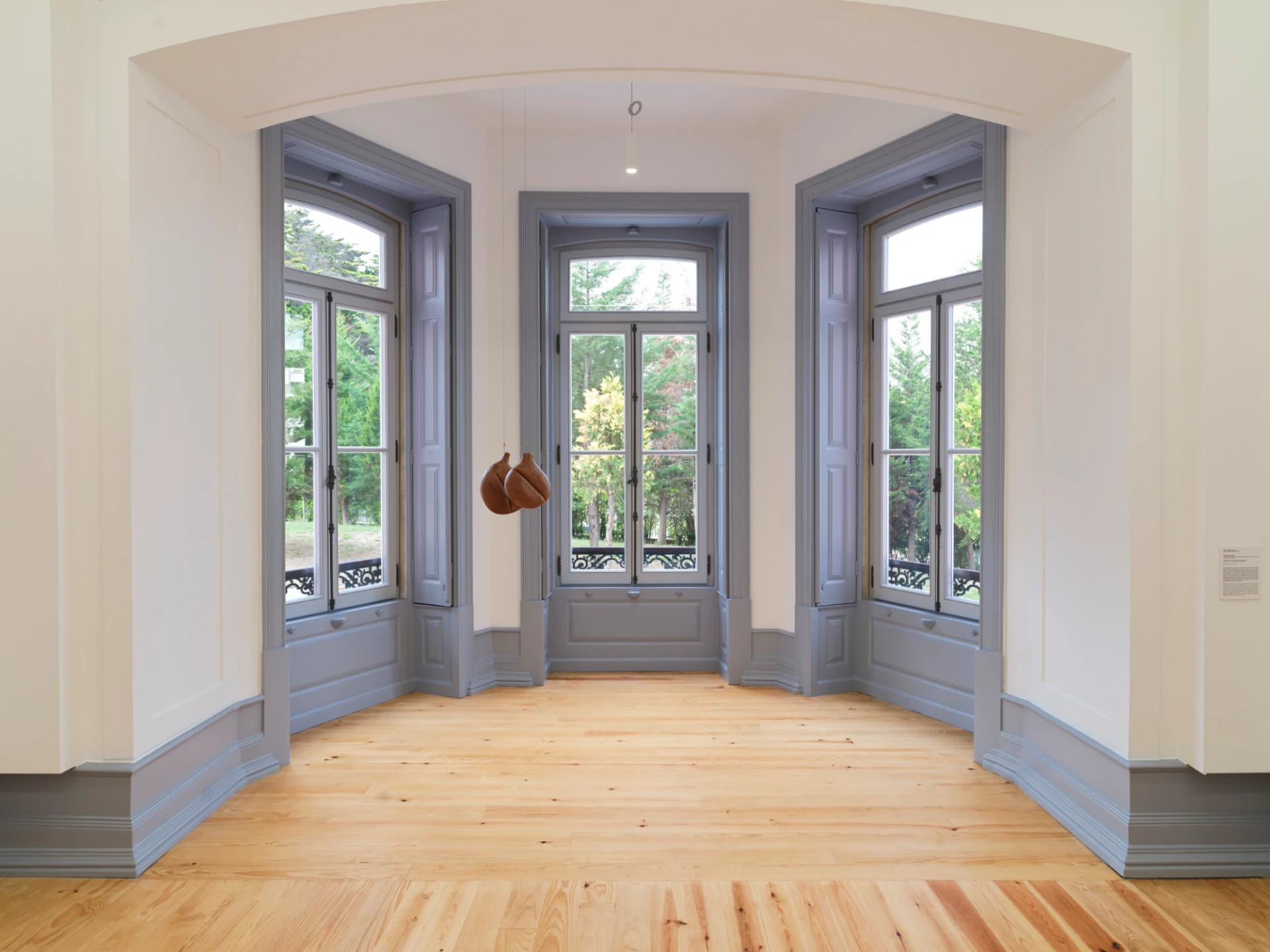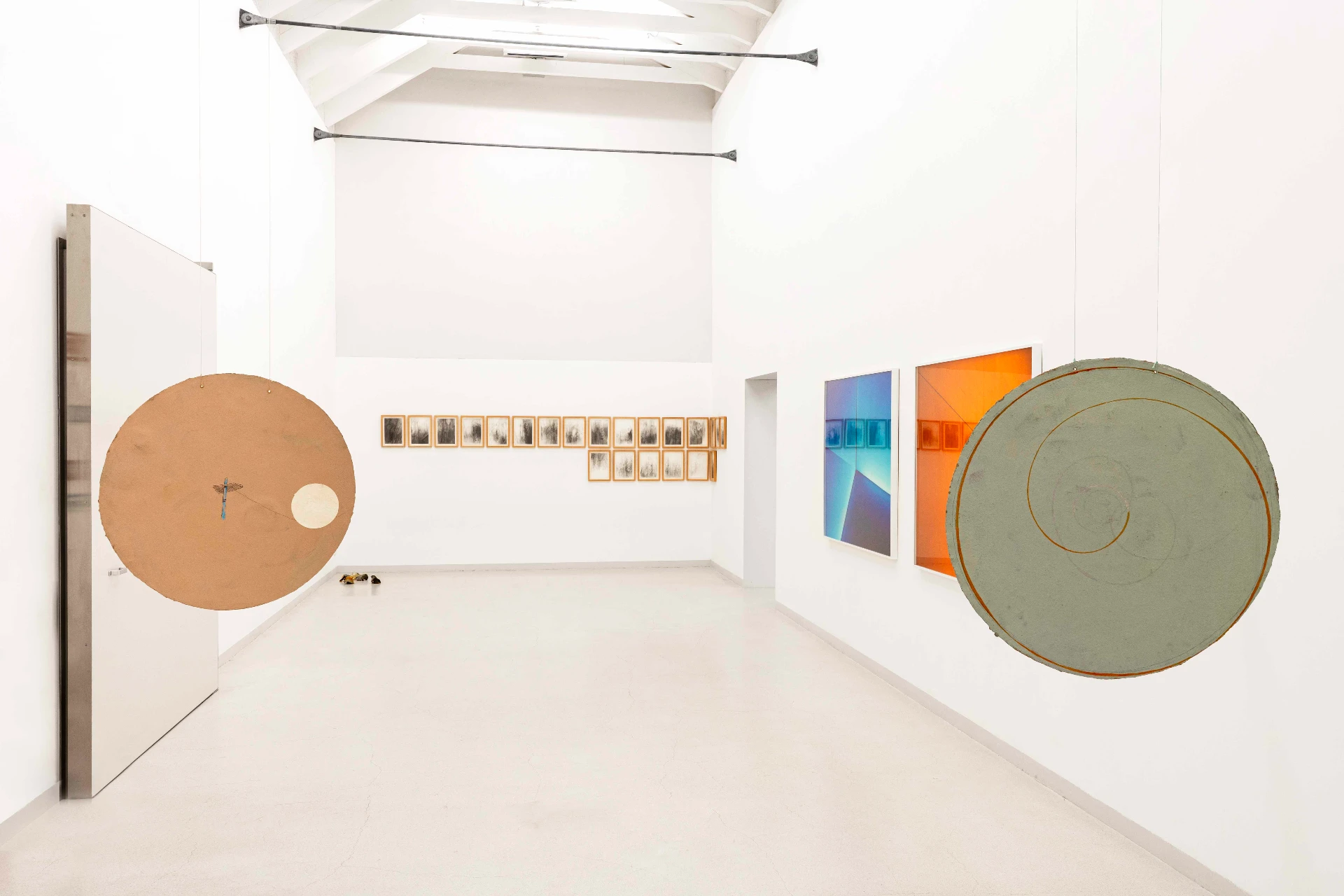article
Da Dobra que Chama e Traz - Works on Paper from the Figueiredo Ribeiro Collection
In dialogue between drawing and paper, this selection, curated by Catarina Mel and Ricardo Escarduça, gathers at the Museu Ibérico de Arqueologia e Arte de Abrantes a collection of works on paper from the Figueiredo Ribeiro Collection — objects that confront us with the urgency (or impossibility) of a language of their own
Paradoxically, the function of the aesthetic object—here, a work of contemporary art—lies in its dysfunctionality. It must tend toward its unspeakability, surrendering itself to the ineffable as its ultimate adjective. Through this process, the object transcends the realm of stable meaning, redirecting us to the fundamental autonomy of the concept. It is more sensible to admit that total apprehension is impossible, a recognition that, as an epistemological change, returns us to the origin of thought.
It is in this territory of tension and escape that the works brought together in Da Dobra que Chama e Traz. In dialogue between drawing and paper, this selection, curated by Catarina Mel and Ricardo Escarduça, gathers at the Museu Ibérico de Arqueologia e Arte de Abrantes a collection of works on paper from the Figueiredo Ribeiro Collection — objects that confront us with the urgency (or impossibility) of a language of their own.
The ‘Fold’ is thus an operative concept queering the artwork’s intersticiality — the space between absence and presence which, while unintended (given its impossibility), becomes a possibility in permanent transmutation. ‘Calling’ and ‘bringing’, verbs that before their hypothetical realization are symptoms of an absence, appear in the title of the exhibition and provoke or demand a completeness that stems from the visitor's presence, both perceptive and corporeal. We are talking about works of art that simultaneously demand and reject our gaze, in a hostility that is sometimes more, sometimes less visible, requiring a different kind of attention. It is not exactly about the completeness of a form, but rather its transition.
It is this state of impermanence—not as fragility, but as a method—that unites the works gathered here. The Fold, as conceived by the curators, is an operation that disrupts the plane, fragments the line, and strips the surface of its passivity. It reminds us of the eternal ephemerality contained in a fragmented becoming. It brings to mind Jorge Luis Borges: What river is this / Through which the Ganges flows?1 The curatorial approach constructs, rather than a path, a field in which the very idea of a collection is reconfigured: not as accumulation, but as a place of folding, of connection between times, artists, gestures. This is expanded by the diversity of names that is brought together.
The exhibition is built on this tension between unity and separation. We must learn to see with the image2. We are not called upon to decipher, but to sustain the discomfort of that which cannot be explained. What is shown never runs out, and what is thought never remains fixed.
Da Dobra que Chama e Traz brings together works by Alexandre Conefrey, Ana Jotta, André Cepeda, Bruno Cidra, Carlos Bunga, Cecília Costa, Dalila Gonçalves, Fernando Calhau, Francisco Tropa, Inês Teles, João Ferro Martins, João Maria Gusmão, José Loureiro, José Pedro Croft, Luís Paulo Costa, Nikias Skapinakis, Nuno Sousa Vieira, Rita Gaspar Vieira, Rui Horta Pereira, and Sara Bichão. The exhibition is open until 16 August.
1 In the poem Heráclito.
2 Cf. George Didi-Huberman
UMBIGOLAB LINKS
ADVERTISING
Previous
article
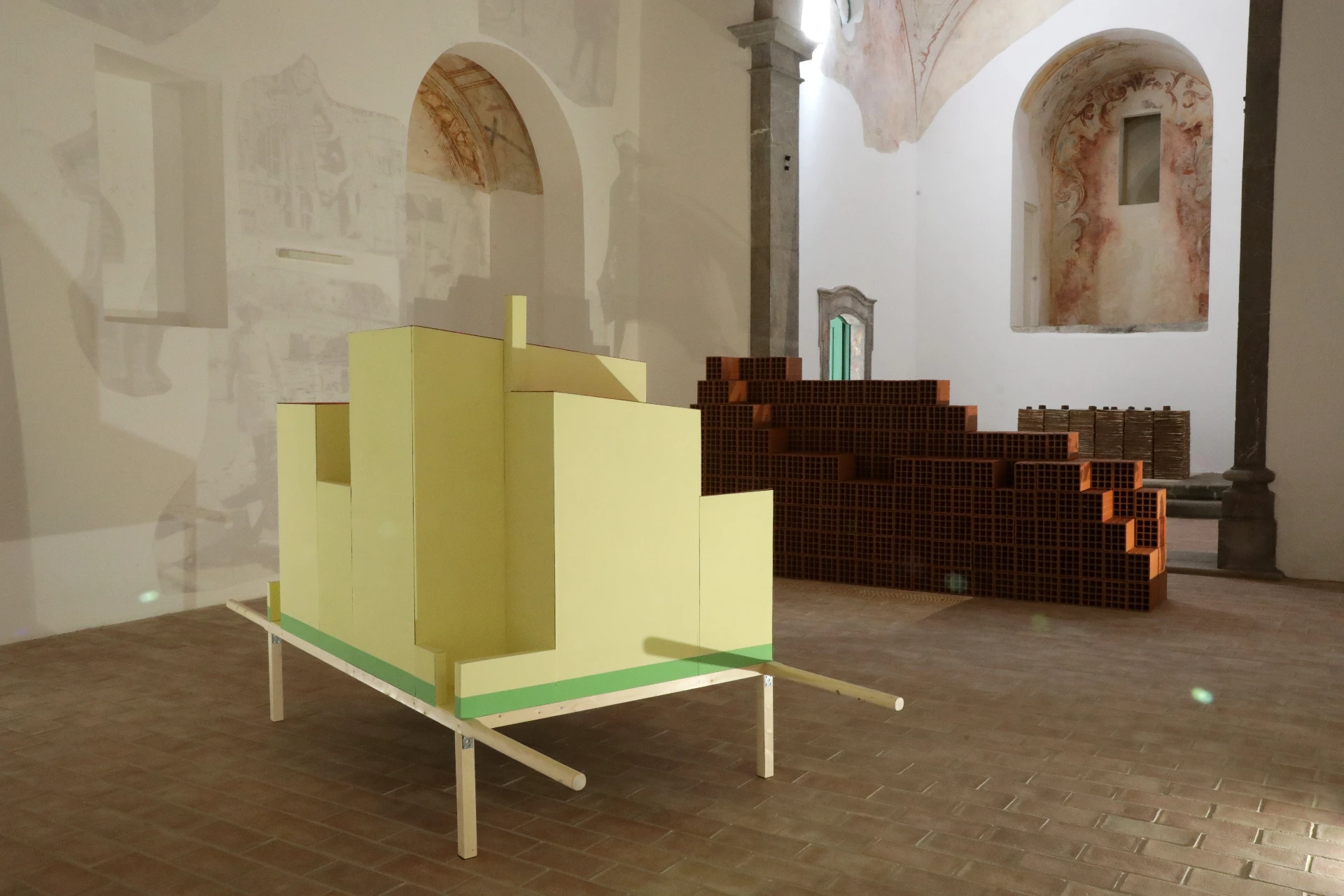
23 Jul 2025
History through Art: Serviço de Apoio Ambulatório Local, at Museu Municipal de Tavira
By Ana Isabel Soares
Next
article
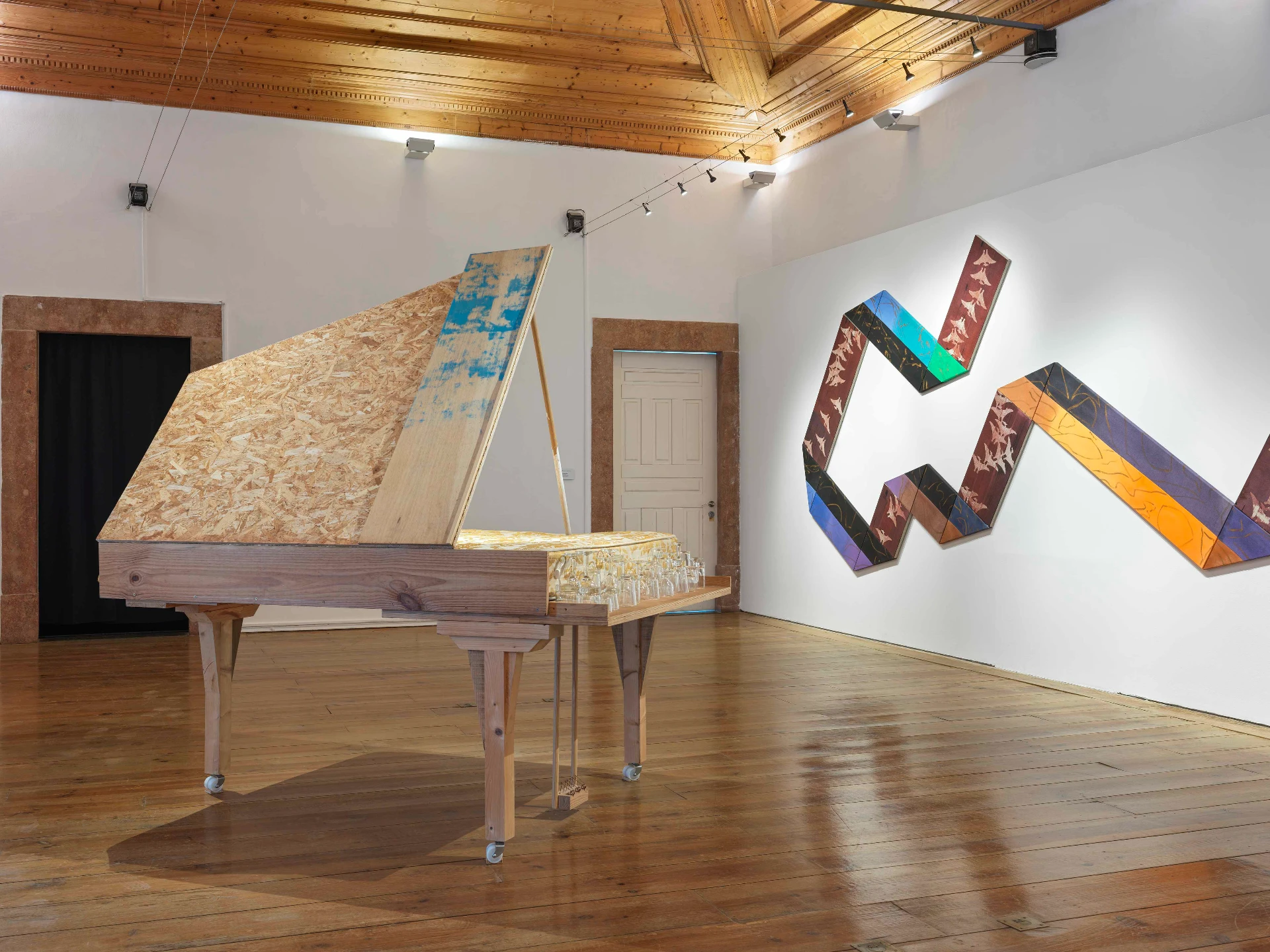
25 Jul 2025
By Ana Isabel Soares
Related Posts
